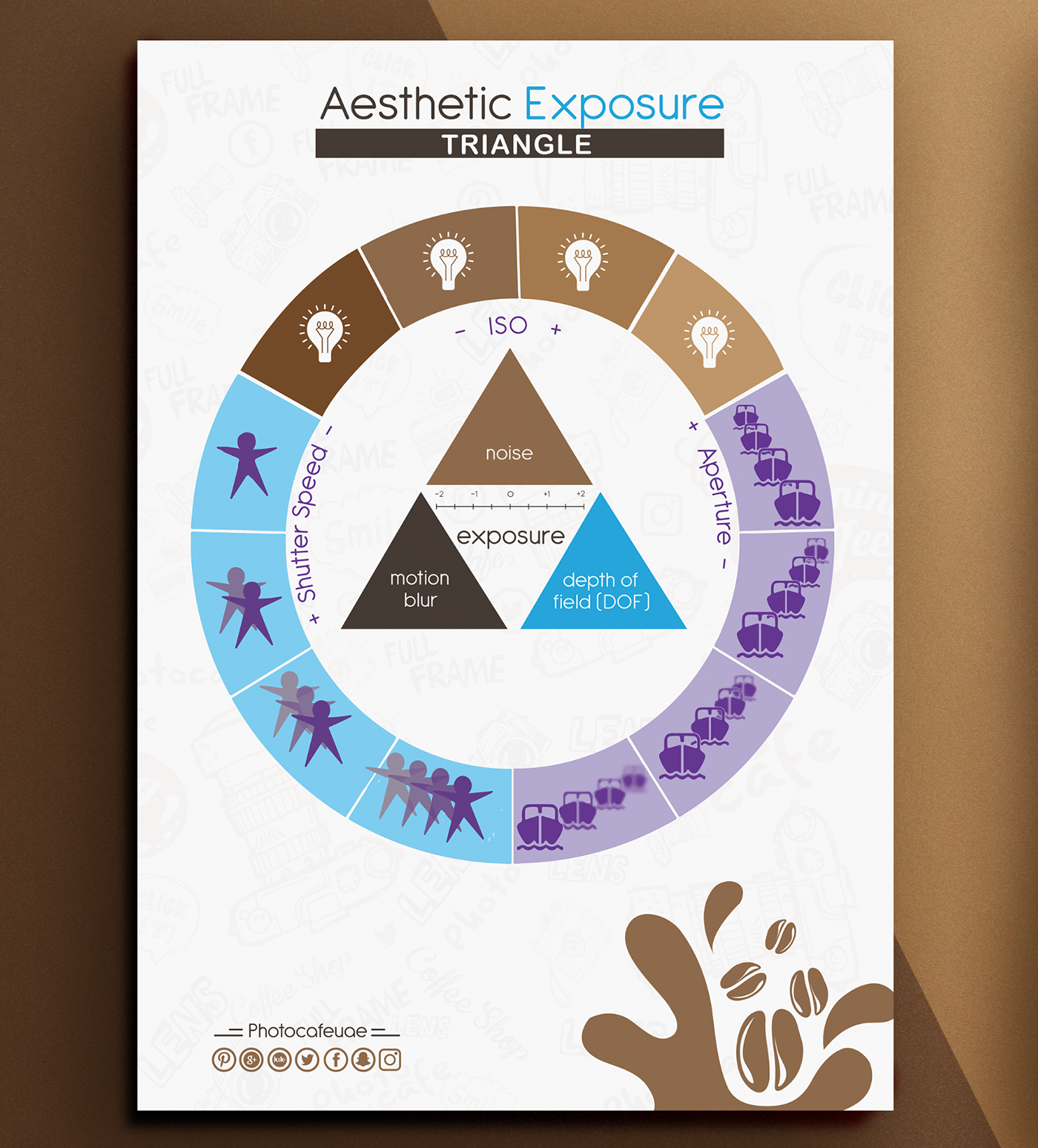What Every Photographer Must Know About Lighting
What Every Photographer Must Know About Lighting
Blog Article
Authored By-Greenwood Covington
As a digital photographer, you understand that lighting can make or break your pictures. Understanding the nuances of both all-natural and synthetic light is essential for catching the state of mind and clarity you go for in your job. Whether you're chasing after the perfect gold hour glow or tweak your synthetic arrangements, understanding these components can raise your photography substantially. But there are common challenges that several overlook, and identifying them can change your technique to every shoot. Let's discover what you could be missing and exactly how it can impact your outcomes.
Understanding Natural Light
Comprehending all-natural light is important for any professional photographer aiming to boost their work. It's the foundation of fantastic digital photography, influencing mood, tone, and clearness. When you fire outdoors, pay attention to the time of day. The gold hour-- soon after sunup and before sundown-- supplies soft, cozy light that can transform common scenes right into sensational pictures.
Do not underestimate the power of overcast days. Cloud cover diffuses sunlight, developing a soft, even light that's ideal for pictures and macro photography. https://telegra.ph/How-To-Pick-The-Right-Cam-For-Your-Photography-Demands-01-08 'll find shades appear this sort of illumination without severe shadows.
Positioning issues, also. Always consider your subject's positioning to the source of light. If the sunlight's behind your topic, you may wind up with a shape, which can be significant but mightn't be what you desire. On the other hand, direct sunshine can create unflattering shadows.
Experiment with angles; occasionally, altering your viewpoint can produce remarkable results. Usage all-natural reflectors, like water or sand, to bounce light onto your topic, adding measurement.
Mastering Artificial Light
Grasping artificial light is important for professional photographers who want to take their abilities to the following degree. Whether you're making use of speedlights, studio strobes, or continual lights, comprehending just how to adjust these sources can dramatically boost your images.
Beginning by familiarizing on your own with the fundamentals of light quality, direction, and color temperature. Experiment with different modifiers like softboxes, umbrellas, or grids to manage the gentleness or cruelty of the light.
You'll locate that soft light frequently develops complementary outcomes, while harsher light can add drama and depth. Do not avoid shadows; they can enhance the three-dimensionality of your topics.
Pay close attention to the positioning of your lights. A light located also near to your subject can create uncomplimentary outcomes, while too far away can lead to a lack of information. Utilize a light meter or your camera's pie chart to ensure you're subjecting properly.
Lastly, keep in mind that man-made light can be blended with ambient light for innovative results. Balancing these resources could take technique, but once you understand it, your photography will really shine.
Methods for Various Situations
When you enter various capturing scenarios, adapting your lighting strategies is crucial for recording the best images. For Read the Full Posting , make use of the gold hour-- early morning or late afternoon light-- to soften shadows and improve complexion.
If it's a harsh midday sun, consider making use of a reflector to jump light back onto your subject or seek shaded areas for a much more also exposure.
In low-light scenarios, like interior events, increase your ISO and use a large aperture to allow in more light. A tripod can help remove cam shake, allowing for longer direct exposures without obscuring.
If you're shooting at evening, explore off-camera flash to produce vibrant lighting and depth in your pictures.
For product digital photography, utilize diffused lighting to avoid harsh representations. Softboxes or light outdoors tents can aid achieve this impact.
When photographing landscapes, think about the direction of light and time of day, as it can dramatically alter the state of mind of your shot.
Always be ready to readjust your settings and positioning based upon the circumstance, as flexibility is key to mastering lighting in digital photography.
Verdict
In conclusion, understanding lights is key to boosting your photography skills. Welcome Website photographer -natural light's charm throughout gold hour, and do not avoid trying out man-made light strategies. By adjusting your strategy to different situations, you'll record magnificent images that reverberate with feeling and quality. Remember, the best illumination can transform an average shot into something remarkable, so keep exercising and fine-tuning your understanding of both all-natural and man-made light. Happy capturing!
